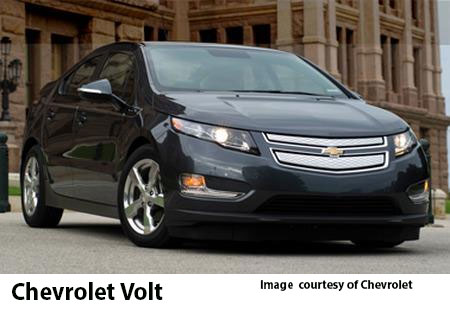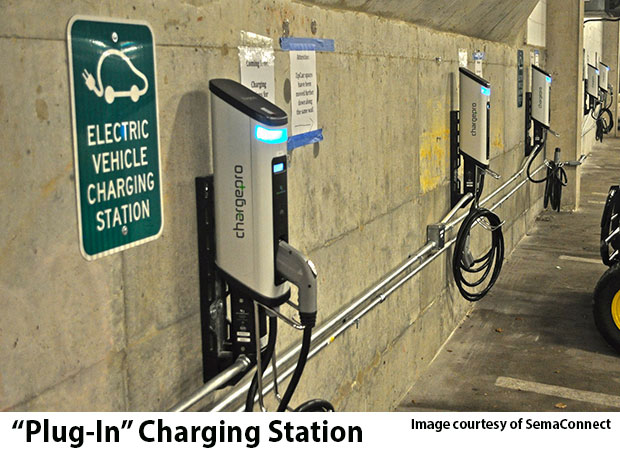
So, what is a hybrid car? Simply put, a hybrid car is a vehicle that uses more than one form of "onboard energy" to propel itself down the road. It accomplishes this by supplementing the power of an internal combustion engine with a battery powered electric motor. In the USA, hybrid vehicles are powered by combination power plants consisting of an electric motor and a gasoline engine. In other parts of the world they also use a diesel/electric combination.
Yes, there are other types of hybrid based vehicles in use (natural gas, propane, diesel/electric locomotives, etc.), but they are typically industrial based and not directly marketed to the consumer. In this article we are specifically referencing the types of hybrids targeted towards the consumer market.
The benefits of a hybrid vehicle are first and foremost lower carbon dioxide emissions which is great for our atmosphere. They also use less gasoline, reducing the dependency on "big oil" and can provide a significant savings to the owner over time by not having to make frequent stops at the gas station.
In this ever evolving industry, the terminologies for the vehicles are also still evolving. The differences in terminologies mainly signifies how the battery is recharged and interacts with the combustion engine. You might read in online reviews or hear someone talking in the coffee shop and they reference conventional hybrids, plug-in hybrids, micro hybrids, etc., but no matter what they are called, in reality, there are currently only three main types of function for hybrid vehicles.
 Full Hybrid: These can run using just battery power without having to rely on the combustion engine. This type is perfect for in-town or city driving. When the vehicle is operated at low speeds, the gasoline engine shuts off and the electric motor takes over. Emissions are reduced as the vehicle's gasoline engine isn't running at idle while stuck in traffic or stopped at a traffic light. If and when more speed or acceleration is needed, the gasoline engine restarts and the two work together. Anytime the gasoline engine is engaged, it also works to charge the batteries. On electric alone, they typically have a (+ or -) 125 mile range.
Full Hybrid: These can run using just battery power without having to rely on the combustion engine. This type is perfect for in-town or city driving. When the vehicle is operated at low speeds, the gasoline engine shuts off and the electric motor takes over. Emissions are reduced as the vehicle's gasoline engine isn't running at idle while stuck in traffic or stopped at a traffic light. If and when more speed or acceleration is needed, the gasoline engine restarts and the two work together. Anytime the gasoline engine is engaged, it also works to charge the batteries. On electric alone, they typically have a (+ or -) 125 mile range.
Parallel Hybrid: These rely on the electric motor as a "helper" for the gasoline engine and do not operate on electric alone. Onboard computers detect inefficiencies in the gasoline motor and kick in the electric motor to supplement the power required. Like the full hybrid, the gasoline engine recharges the batteries when/as necessary.
 Plug-in hybrid: The plug-ins are quickly gaining in popularity. Many cities now provide charging stations because of this new trend in consumer interest in hybrids. The vehicles operate as a full hybrid, but instead of having to rely on the gasoline engine for a recharge, they are plugged in to a charging station while the car parked when the owner is out and about or plugged into a wall unit at home significantly reducing the carbon dioxide emissions even further. Plug-ins typically utilize full electric for the first 35 miles of driving and then switch to "typical" hybrid operation. Different automotive manufacturers offer them in the full or parallel versions targeting a variety of consumer wants/needs for an energy efficient vehicle.
Plug-in hybrid: The plug-ins are quickly gaining in popularity. Many cities now provide charging stations because of this new trend in consumer interest in hybrids. The vehicles operate as a full hybrid, but instead of having to rely on the gasoline engine for a recharge, they are plugged in to a charging station while the car parked when the owner is out and about or plugged into a wall unit at home significantly reducing the carbon dioxide emissions even further. Plug-ins typically utilize full electric for the first 35 miles of driving and then switch to "typical" hybrid operation. Different automotive manufacturers offer them in the full or parallel versions targeting a variety of consumer wants/needs for an energy efficient vehicle.
